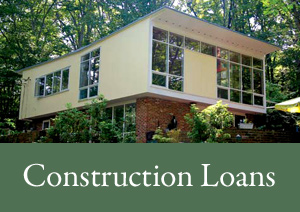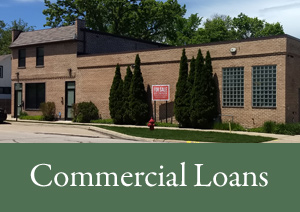Mortgages in Glencoe
1st Eagle Mortgage offers mortgages in Glencoe for as little as 3 percent down, even if you have declared bankruptcy, had a short sale or foreclosure. You can refinance or buy a new home in Glencoe the day after you’ve completed the process.
Some information about Glencoe. The Village of Glencoe,
an affluent town, ranked 1st among the richest towns in Illinois and 10th among the richest towns in US, is located in northeastern Cook County, Illinois, United States. As of the 2010 census, the total population was 8,723. Glencoe is located on Chicago’s North Shore and is located within the New Trier High School District. Glencoe ranks among the top 10 most successful cities in the US.
Glencoe is located on the west side of Lake Michigan. It is separated from suburbs to the north and west by more than 1,200 acres of the Cook County Forest Preserve natural forest area. Three golf clubs also buffer it, with the private Lake Shore Country Club on the north, the public Glencoe Golf Club (operated by the village of Glencoe) on the northwest, and the private Skokie Country Club on the west.
The village is surrounded on three sides by upper-income communities, with Highland Park on the north, Northbrook on the west, and Winnetka to the south. The Skokie Lagoons are located in the forest preserve to the immediate west of the village. The same forest preserve has a bicycle trail that connects to other forest preserves to the south. In the village, the Greenbay Trail allows bicyclists to travel as far south as Wilmette and north past Lake Forest. The highest point of elevation in Glencoe is 690 feet above sea level along Green Bay Road in the northern part of the village.
In 2010, the median income for a household in the village was $193,571, and the median income for a family was $235,000. Male full-time workers had a median income of $202,083 versus $65,549 for females. The per capita income for the village was $106,649, placing Glencoe among the 20 wealthiest communities in the United States. Approximately 4.5% of the population and 4.7% of families were below the poverty line, including 4.7% of those under the age of 18 and 10.5% age 65 or older.





